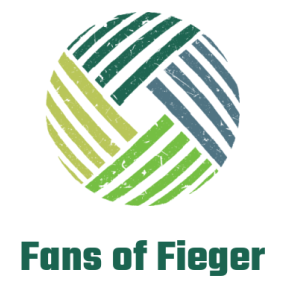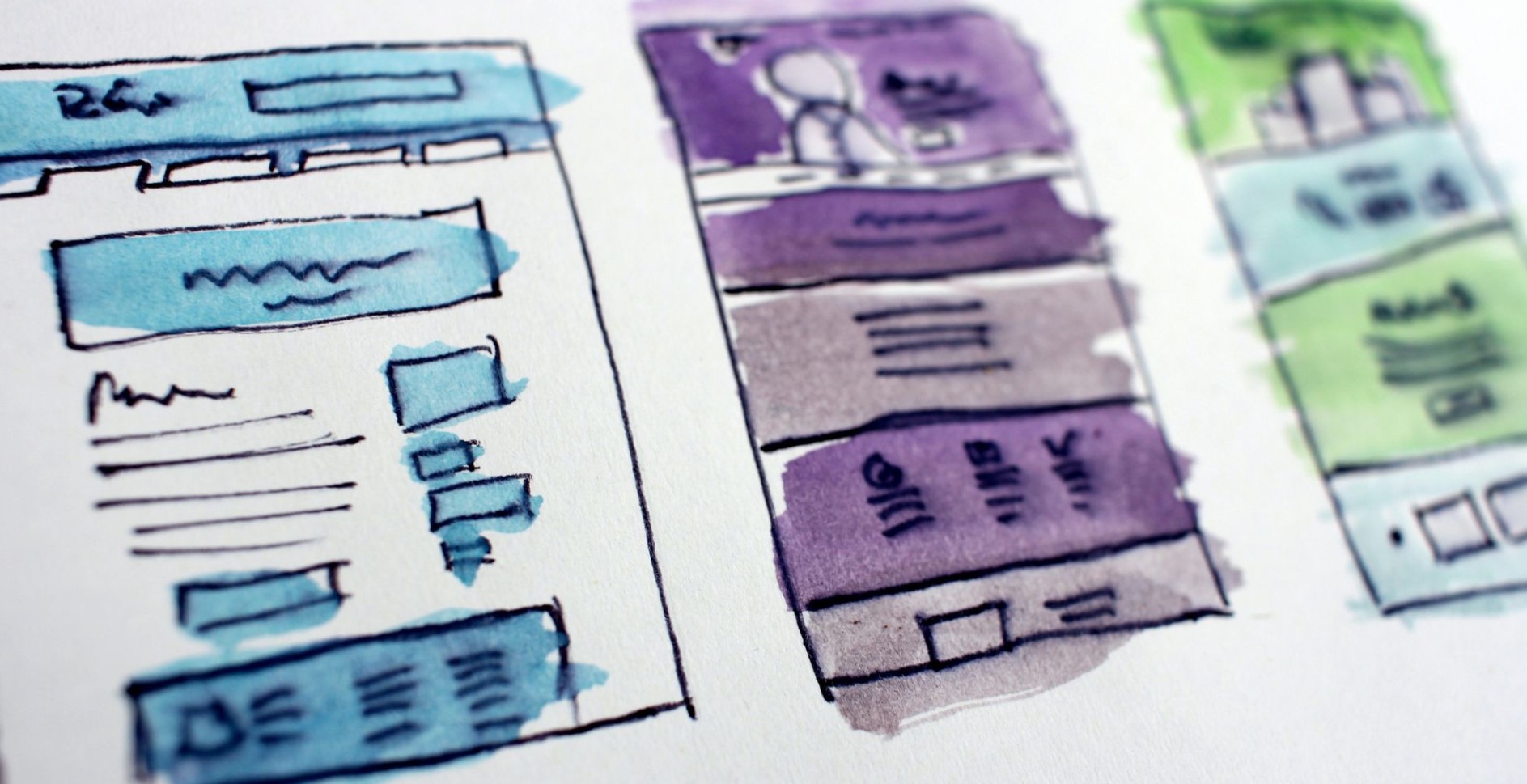In today’s digital age, where attention spans are shorter than ever, web designers and UX professionals are constantly seeking innovative ways to engage users and create memorable experiences. One such technique that has gained significant popularity in recent years is scrollytelling. By combining storytelling with scrolling, scrollytelling offers a unique and interactive way to present content on websites. In this article, we will explore the impact of scrollytelling on modern web design and discuss its implications for UX design strategies.
The Evolution of Web Design: From Static to Dynamic
Web design has come a long way since the early days of the internet. Initially, websites were static and text-heavy, with limited interactivity. As technology advanced and user expectations grew, web designers started incorporating dynamic elements, such as images, videos, and animations, to enhance the user experience. However, even with these enhancements, websites often failed to fully captivate and engage users.
Enter Scrollytelling: An Engaging Web Design Technique
Scrollytelling, also known as scroll-activated storytelling, is a technique that combines narrative storytelling with user scrolling. It involves presenting content in a sequential manner, where users scroll through a webpage to reveal different sections or chapters of the story. This approach creates a sense of progression and immersion, as users actively participate in the storytelling process.
The Benefits of Scrollytelling
1. Enhanced User Engagement
- One of the key advantages of scrollytelling is its ability to capture and retain user attention. By breaking down information into bite-sized sections and revealing it gradually, scrollytelling keeps users engaged throughout the entire scrolling experience. This immersive storytelling technique encourages users to explore the content further, resulting in increased time spent on the website.
2. Improved Information Retention
- Scrollytelling leverages the power of storytelling to convey complex information in a more digestible and memorable way. By structuring content as a narrative, with a beginning, middle, and end, scrollytelling facilitates information retention. Users are more likely to remember key points and takeaways when presented in a storytelling format, compared to traditional static webpages.
3. Visual Impact and Emotional Connection
- Scrollytelling allows web designers to incorporate visually stunning elements, such as parallax scrolling, animations, and interactive graphics. These visual effects create a visually compelling and immersive experience for users, leaving a lasting impact. Furthermore, by weaving storytelling with visuals, scrollytelling can evoke emotions and forge a stronger connection between the user and the content.
Implementing Scrollytelling in Web Design: UX Design Strategies
To effectively implement scrollytelling in web design, UX professionals need to consider various strategies to optimize the user experience. Let’s explore some key UX design strategies for incorporating scrollytelling into modern web design:
1. User-Centric Story Flow
When designing a scrollytelling experience, it’s crucial to prioritize the user’s journey and story flow. By focusing on the user’s needs and expectations, you can create a more engaging and immersive experience. Here are some key points to consider:
- Understand your target audience: Research and analyze your target audience to gain insights into their preferences, interests, and motivations. This knowledge will help you tailor the scrollytelling experience to their specific needs.
- Define the core message or narrative: Identify the central theme or message you want to convey through your scrollytelling experience. This will serve as the backbone of your story and guide the content creation process.
- Divide the story into sections or chapters: Break down the narrative into logical sections or chapters that can be revealed as users scroll. Each section should contribute to the overall story while maintaining its own coherence and relevance.
- Determine the ideal pacing: Consider the pacing of the story and how it aligns with the user’s scrolling behavior. Strive for a balance between providing enough information to keep users engaged and not overwhelming them with excessive content in a single section.
- Maintain a seamless transition: Ensure a smooth and seamless transition between each section or chapter. Use visual cues, such as animations or scrolling effects, to indicate the progress and guide users through the story.
- Incorporate interactive elements: Integrate interactive elements strategically throughout the scrollytelling experience. This can include interactive graphics, clickable elements, or even quizzes or surveys that encourage user participation and engagement.
- Test and iterate: Conduct user testing to gather feedback and insights on the user-centric story flow. Analyze user behavior and preferences to refine and improve the scrollytelling experience based on real user interactions.
By adopting a user-centric approach to story flow, you can create scrollytelling experiences that resonate with your audience, immerse them in the narrative, and deliver a memorable and engaging user experience.
2. Visual Hierarchy and Typography
To guide users through the scrollytelling experience, visual hierarchy plays a vital role. Use typography and visual cues, such as size, color, and contrast, to emphasize important elements andcreate a clear hierarchy of information. This helps users understand the significance of each section and ensures a smooth navigation experience.
3. Interactive Elements
To enhance user engagement and create an immersive scrollytelling experience, incorporating interactive elements is crucial. These elements encourage user interaction and provide a dynamic and participatory experience. Here are some examples of interactive elements that can be used:
| Interactive Element | Description | Benefits |
| Interactive Infographics | Visual representations of data or information that users can interact with. Users can explore different sections, hover over elements for additional details, or click for more in-depth information. | – Makes complex information more accessible and engaging.
– Encourages active exploration and understanding. – Increases user interaction and time spent on the website. |
| Clickable Elements | Buttons, icons, or images that users can click on to trigger specific actions or reveal additional content. These elements can be strategically placed within the scrollytelling experience to provide interactive moments or unlock hidden information. | – Promotes user engagement and interactivity.
– Allows users to control their exploration of the content. – Creates a sense of discovery and reward. |
| Mini-Games | Interactive games or interactive elements that allow users to actively participate in the scrollytelling experience. These can include quizzes, puzzles, or interactive challenges that align with the narrative or theme of the story. | – Enhances user engagement and enjoyment.
– Provides a memorable and interactive experience. – Can be used to reinforce key messages or test user knowledge. |
By incorporating interactive elements like interactive infographics, clickable elements, and mini-games, you can elevate the scrollytelling experience, making it more dynamic, engaging, and participatory for users. These elements encourage users to explore, interact, and connect with the content on a deeper level, resulting in a more memorable and immersive user experience.
4. Responsive Design
In today’s mobile-first era, it’s essential to design scrollytelling experiences that are responsive and optimized for different devices. Ensure that the scrolling behavior and interactive elements work seamlessly across various screen sizes and orientations. This ensures a consistent and engaging experience for users, regardless of the device they are using.
5. Performance Optimization
With the inclusion of visually rich elements and animations, scrollytelling experiences can be resource-intensive. It’s crucial to optimize the performance of the website to ensure smooth scrolling and fast loading times. Compress images, minify code, and leverage caching techniques to optimize the performance of the scrollytelling website.
FAQs (Frequently Asked Questions)
Q: Is scrollytelling suitable for all types of websites?
A: Scrollytelling can be used effectively on various types of websites, including storytelling platforms, news websites, educational platforms, and even e-commerce sites. However, it’s important to consider the nature of your content and whether scrollytelling aligns with your goals and target audience.
Q: Does scrollytelling have any impact on SEO?
A: Scrollytelling itself doesn’t directly impact SEO. However, when implemented correctly, it can improve user engagement and time on page, which are positive signals for search engines. Additionally, the use of relevant keywords, headings, and descriptive meta tags in scrollytelling content can contribute to better SEO performance.
Q: Are there any drawbacks to using scrollytelling in web design?
A: While scrollytelling offers many benefits, it’s important to consider potential drawbacks. Scrollytelling experiences can be more complex to design and develop compared to traditional webpages. Additionally, users with disabilities or those using assistive technologies may face challenges in accessing and navigating scrollytelling content. Accessibility should always be a priority when implementing scrollytelling.
Q: Are there any best practices for scrollytelling UX design?
A: Some best practices for scrollytelling UX design include keeping the scrolling experience smooth and responsive, providing clear navigation cues, ensuring concise and engaging content for each section, and conducting user testing to gather feedback and optimize the experience.
Q: Can I combine scrollytelling with other web design techniques?
A: Absolutely! Scrollytelling can be combined with other web design techniques, such as microinteractions, responsive animations, and parallax scrolling, to create even more engaging and immersive experiences. The key is to find the right balance and ensure that all design elements work harmoniously together.
Q: How can I measure the effectiveness of scrollytelling on my website?
A: To measure the effectiveness of scrollytelling on your website, you can track metrics such as time on page, scroll depth, click-through rates, and user feedback. Additionally, conducting A/B testing or user surveys can provide valuable insights into the impact of scrollytelling on user engagement and conversion rates.
Scrollytelling has revolutionized modern web design by offering an engaging and immersive way to present content. Through its combination of storytelling and scrolling, scrollytellingcreates memorable experiences that captivate users and improve engagement. By following UX design strategies that prioritize user-centric story flow, visual hierarchy, interactive elements, responsive design, and performance optimization, web designers can effectively implement scrollytelling in their projects.
However, it’s important to consider the nature of your content, potential SEO implications, and accessibility when incorporating scrollytelling. By adhering to best practices and measuring the effectiveness of scrollytelling through relevant metrics, you can continuously optimize and enhance the user experience on your website.
In conclusion, scrollytelling has emerged as a powerful tool in modern web design and UX design strategies. Its ability to create visually impactful and emotionally engaging experiences makes it a valuable technique for captivating and retaining user attention.

